 Abraham Lincoln
If given the truth, the people can be depended upon to meet any national crisis...
Abraham Lincoln
If given the truth, the people can be depended upon to meet any national crisis...
 Guildford news...
for Guildford people, brought to you by Guildford reporters - Guildford's own news service
Guildford news...
for Guildford people, brought to you by Guildford reporters - Guildford's own news service
Birdwatcher’s Diary No.33
Published on: 14 Apr, 2013
Updated on: 14 Apr, 2013
By Malcolm Fincham
The first week of April continued with a cool theme to the weather with still no sign of any summer migrants locally and almost certainly just as well for their own sake.
I find it quite incredible in fact on occasions like these, when such adverse weather occurs, how nature seems to adapt and how the birds seem to instinctively know what the weather is like here in the UK. Without their main food supply, insects, they just would not survive.
With daytime temperatures still in single figures for most of the week, it was most unusual to me to still see so many redwings and fieldfares locally, with as many 20 tufted duck still on Stoke lake and more than 30 teal still residing on the flooded field by Stoke lock.
Also on the same flooded field during the week, I counted as many as three green sandpipers on several evenings stopping off to feed on their journey back to their sub-Arctic breeding grounds.
On Sunday, April 7, I made a last-ditch attempt of trying to see the great grey shrike at Thursley Common and maybe get to see a summer migrants of some kind. However, I was unlucky on both counts. Although the shrike had been seen on several dates recently, he once again managed to elude me. It didn’t turn out to be such an uneventful day as on my walk I met up with a guy new to bird watching. And while walking a short way, we found him a pair of woodlark – a bird he had not seen before.
Shortly after, by chance, we spotted a skylark, which gave a good opportunity to compare their difference. Although I managed to get what I feel are some good pictures of the woodlark, Ii wasn’t so fortunate with the skylark, so have added one I previously took, for comparison.
Some of our resident species of birds have been active despite the below seasonal temperatures, with some blackbirds actively nest building and even a few reports of some brooding. This certainly seems to be the case with some local swans.
Mistle thrushes have been noticeably active during the past week or so with song thrushes and robins beautifully vocal on our sunnier days.
By our local streams and rivers there have been grey wagtails (not to be confused with the yellow wagtail, a summer migrant) pairing up and looking for nest sites.
It wasn’t until Thursday, April 11, that I had my first summer migrant sighting in Guildford. I believe the saying goes ‘one swallow doesn’t make a summer’ but I must say the one I saw that evening, while walking along the towpath by Stoke Lock, was a welcome sight – with a hope of warmer days to come.
Also that same evening, as I continued my walk along the towpath, it was rather pleasing to see my first bat of the year out of hibernation, and to get a picture of it as it hunted up and down the river was a real bonus for me. Not being too knowledgeable on ‘makes and models’ of these critters. I would welcome a response from any of you experts out there.
With the evenings now drawing out, I was able to get as far as Bowers Lock well before dusk and managed to get a few pictures of a cormorant high in a tree, drying its wings in the evening sun.
A barn owl was also in view, perched in a tree across the field. And to complete a pleasant evening, I was even able to get a shot of a little egret as it flew gracefully by.
The following night I unfortunately only had enough time to make a trip as far Stoke Lock cottage, but was pleased I made the effort as there were by then five swallows hunting flying insects around the sewage filter beds just beyond the cottage. I even managed a few more pictures.
With the weather forecast looking good for the the week ahead, with warm southerly winds aiding the arrival of summer migrants, I would highly recommend you getting out and looking for some.
This is something I will most certainly be doing in the next few days and hope to have my next report with more up-to-date pictures soon.
Responses to Birdwatcher’s Diary No.33
Leave a Comment Cancel reply
Please see our comments policy. All comments are moderated and may take time to appear. Full names, or at least initial and surname, must be given.Recent Articles
- Police Seek Witnesses After Woman Is Sexually Assaulted
- Updated: Caravan Encampment Arrives at Stoke Park – Police ‘Monitoring The Situation’
- CPRE Calls for Government Re-think on ‘Grey Belt’ Definition
- Surrey Police To Use Facial Recognition To Detect Suspects
- Surrey Sports Park Switches on Solar Array to Help Meet Net Zero Target
- Updated: How Guildford Marked VJ Day When The Second World War Came To An End
- Guildford Walkfest is Coming – Here’s What’s on Offer
- Bramley Using Asda Compensation Money to Help Recover from a ‘Tough Couple of Years’
- Floodlit Sports Pitch for Village School Approved
- Letter: Surely There Are More Suitable Areas to Develop



Recent Comments
- GBC Spokesperson on New Mural Covers Up Graffiti at Walnut Bridge
- Peta Malthouse on Letter: Surely There Are More Suitable Areas to Develop
- Tom Saunders on New Mural Covers Up Graffiti at Walnut Bridge
- Jim Allen on New Mural Covers Up Graffiti at Walnut Bridge
- Roland Dunster on New Mural Covers Up Graffiti at Walnut Bridge
- Sara Tokunaga on New Mural Covers Up Graffiti at Walnut Bridge
Search in Site
Media Gallery
Dragon Interview: Local Artist Leaves Her Mark At One of England’s Most Historic Buildings
January 21, 2023 / No Comment / Read MoreDragon Interview: Lib Dem Planning Chair: ‘Current Policy Doesn’t Work for Local People’
January 19, 2023 / No Comment / Read MoreA3 Tunnel in Guildford ‘Necessary’ for New Homes, Says Guildford’s MP
January 10, 2023 / No Comment / Read More‘Madness’ for London Road Scheme to Go Ahead Against ‘Huge Opposition’, Says SCC Leader
January 6, 2023 / No Comment / Read MoreCouncillor’s Son Starts Campaign for More Consultation on North Street Plan
December 30, 2022 / No Comment / Read MoreCounty Council Climbs Down Over London Road Works – Further ‘Engagement’ Period Announced
December 14, 2022 / No Comment / Read MoreDragon Interview: GBC Reaction to the Government’s Expected Decision to Relax Housing Targets
December 7, 2022 / No Comment / Read MoreHow Can Our Town Centre Businesses Recover? Watch the Shop Front Debate
May 18, 2020 / No Comment / Read More



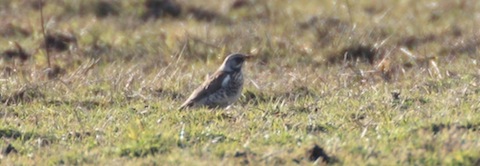
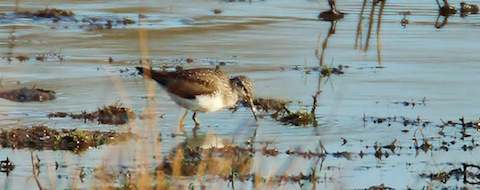
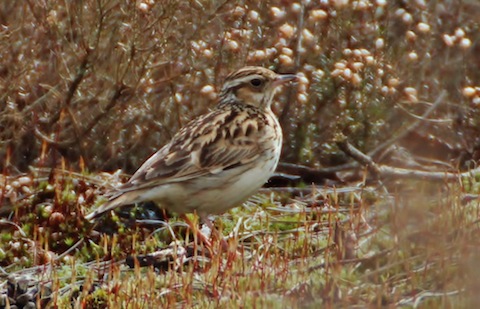
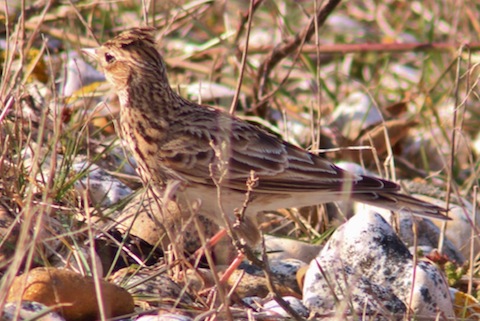

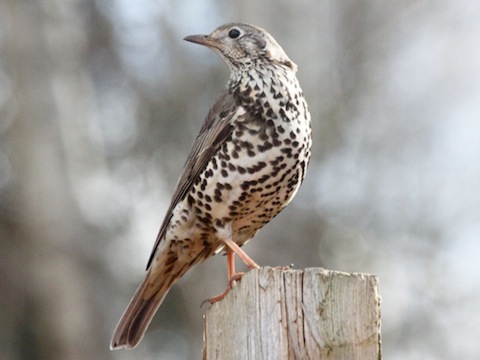



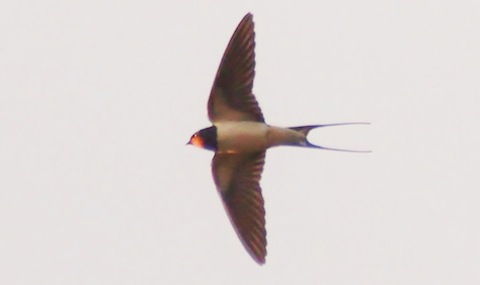
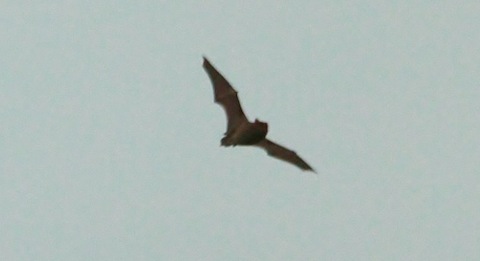
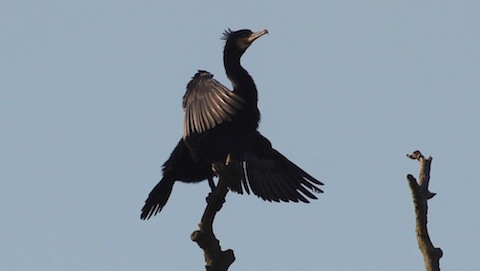
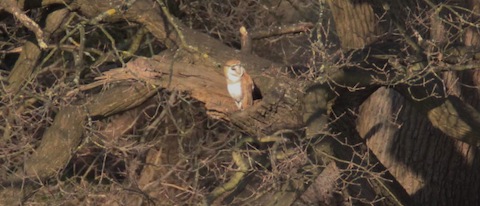
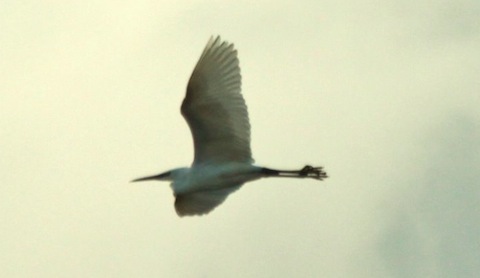
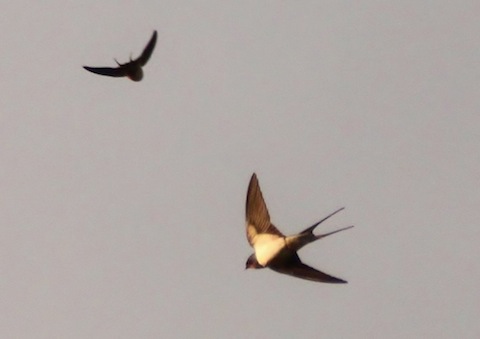








Peter Smith
April 20, 2013 at 9:41 pm
I had the pleasure of meeting Malcolm Fincham at Thursley Common the other week.
Having just read his latest article I would like to thank him for mentioning me and for finding me a pair of woodlarks!
I enjoy your articles and would encourage him to keep it up. I hope to meet him again soon.
Debbie Hogan
April 23, 2013 at 8:19 pm
As always find Malcolm an enthusiastic and knowledgeable bird watcher. There is the opportunity to join a Dawn Chorus Day this SUNDAY 28th 5am meeting at Park Barn Youth Club (community centre) see the link by The Surrey Green space project http://www.surreygreenspaceproject.co.uk
Norn Smith
April 24, 2013 at 12:54 am
First Wheatear today spotted in Wood Street. Plus hedgehogs mating!
Martin Giles
April 24, 2013 at 11:30 am
Point of information – ‘The name “wheatear” is not derived from “wheat” or any sense of “ear”, but is a 16th-century linguistic corruption of “white” and “arse”, referring to the prominent white rump found in most species.’ Source Wikipedia. I was told, only the other day, that this was a Victorian inspired change to make the name more respectable.
It is good to see that, in the light of reports of falling hedgehog numbers, local hedgehogs are taking their duty to continue the species seriously.
Malcolm Fincham
April 25, 2013 at 12:23 am
Thank you to Norn Smith for his astute observation on spotting a wheatear in Wood Street and your update on events in the hedgehog community. I hope they are not keeping you awake as they can be quite noisy!
Also top marks to editor Martin Giles for wheatear facts. I was tempted to mention the origin of the word with a picture I happen to be including in my next report, but was fearful it might get censored! [We just aim to tell the truth on The Dragon however shocking!:)]
Also a thank you to Debbie for the link on Sunday’s event.
Although I can’t be sure to make it, some of my other readers may like to take up the challenge of an early start and partake in what sounds a great event.
Last but not least, thank you Peter for taking time to find this website and hope you continue to find it interesting.